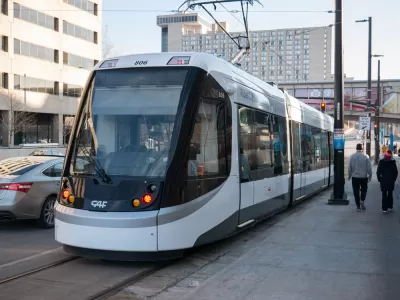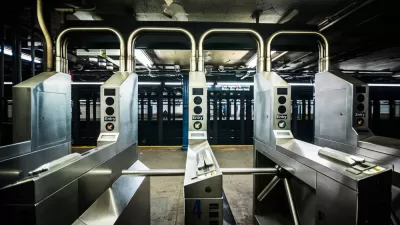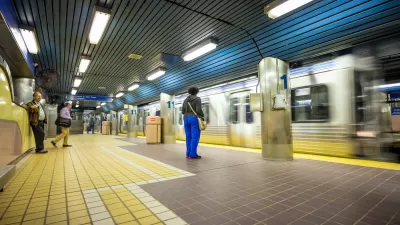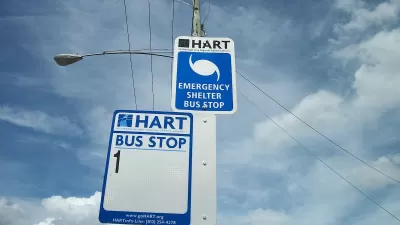For the Missouri city, the economic and social benefits of eliminating transit fares outweigh the costs, but can their success be replicated in bigger cities more dependent on farebox revenue?

After reintroducing a historic streetcar in 2016, Kansas City transit eventually went completely fare-free in 2020. In Governing, Jared Brey assesses what other cities can learn from KC’s experiment, and what unique conditions make the city unlike others.
Prior to eliminating fares, Kansas City’s transit system brought in relatively low ridership revenue. This, combined with the cost savings of eliminating fare collection, made it an easy decision to get rid of fares altogether.
On the other hand, few Kansas City residents can benefit from public transit. “Less than 13 percent of Kansas City’s low-income households live near a bus route, according to one report. And only 3 percent of Kansas City residents use public transit at all, according to another.”
Ultimately, “While Kansas City is the biggest city to go fare-free, its transit system is still comparatively small, and eliminating fare collection didn’t come at a very great cost.” Transit advocates point out that the frequency and reliability of service remains the most important need for transit riders.
FULL STORY: What Can Cities Learn from Kansas City’s Fare-Free Transit Program?

Alabama: Trump Terminates Settlements for Black Communities Harmed By Raw Sewage
Trump deemed the landmark civil rights agreement “illegal DEI and environmental justice policy.”

Study: Maui’s Plan to Convert Vacation Rentals to Long-Term Housing Could Cause Nearly $1 Billion Economic Loss
The plan would reduce visitor accommodation by 25% resulting in 1,900 jobs lost.

Why Should We Subsidize Public Transportation?
Many public transit agencies face financial stress due to rising costs, declining fare revenue, and declining subsidies. Transit advocates must provide a strong business case for increasing public transit funding.

Paris Bike Boom Leads to Steep Drop in Air Pollution
The French city’s air quality has improved dramatically in the past 20 years, coinciding with a growth in cycling.

Why Housing Costs More to Build in California Than in Texas
Hard costs like labor and materials combined with ‘soft’ costs such as permitting make building in the San Francisco Bay Area almost three times as costly as in Texas cities.

San Diego County Sees a Rise in Urban Coyotes
San Diego County experiences a rise in urban coyotes, as sightings become prevalent throughout its urban neighbourhoods and surrounding areas.
Urban Design for Planners 1: Software Tools
This six-course series explores essential urban design concepts using open source software and equips planners with the tools they need to participate fully in the urban design process.
Planning for Universal Design
Learn the tools for implementing Universal Design in planning regulations.
Smith Gee Studio
Alamo Area Metropolitan Planning Organization
City of Santa Clarita
Institute for Housing and Urban Development Studies (IHS)
City of Grandview
Harvard GSD Executive Education
Toledo-Lucas County Plan Commissions
Salt Lake City
NYU Wagner Graduate School of Public Service





























